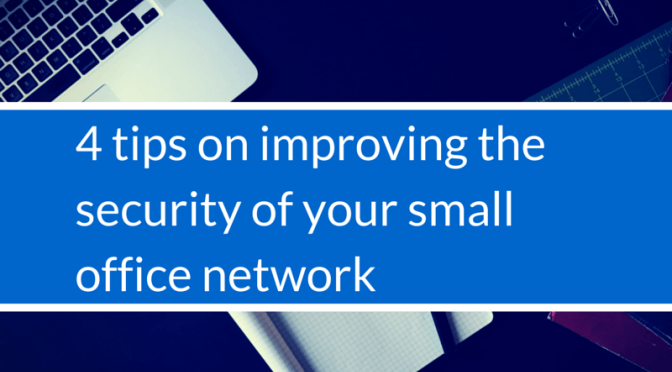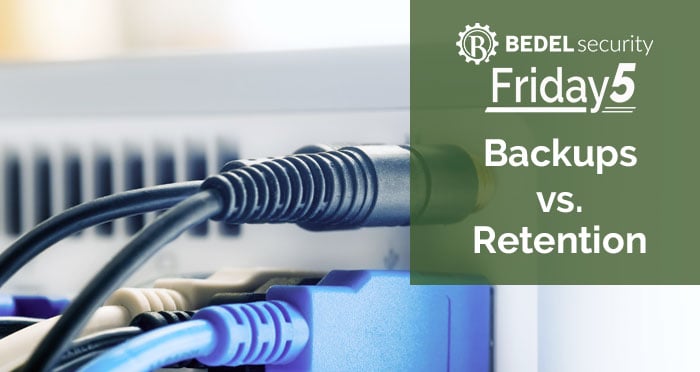Got Ransomware? An Ounce of Prevention is Worth a Pound of Cure: 5 Things You Can Do
Ransomware is a very scary thing for community banks. I have a couple clients that have had to go toe-to-toe with it and were fortunate enough to...
There's been some buzz about various strains of ransomware evolving to selectively target backup data as well as the primary source in an effort to improve the success rate of the attack. Of course, backups are the #1 reactionary control method to not having to pay the ransom, so if they have been destroyed, you are left with little option.
With more and more organizations moving to an online disk-to-disk backup (no tapes involved), the opportunity is there in abundance for cybercriminals to encrypt the data on the server and either delete or encrypt the backup(s) as well.
Charles Carmakal, Vice President with FireEye's Mandiant forensics unit, in an interview with BankInfoSecurity.com, noted that most organizations have backups, but it's the lack of segmentation that keeps most of their clients down for extended periods of time in a ransomware attack.
I've seen this first-hand with some of my clients as well and here are some ideas to reduce this risk:
As always, feel free to contact me if you'd like to discuss this topic further, or if you'd like some assistance in evaluating the security of your backup strategy.
Ransomware is a very scary thing for community banks. I have a couple clients that have had to go toe-to-toe with it and were fortunate enough to...

[feather_share] I recently had a small business owner approach me on some things that they could do to improve the security of their office network....

We often run into situations where different staff in an institution have different understandings of the goals and operations of their backup...